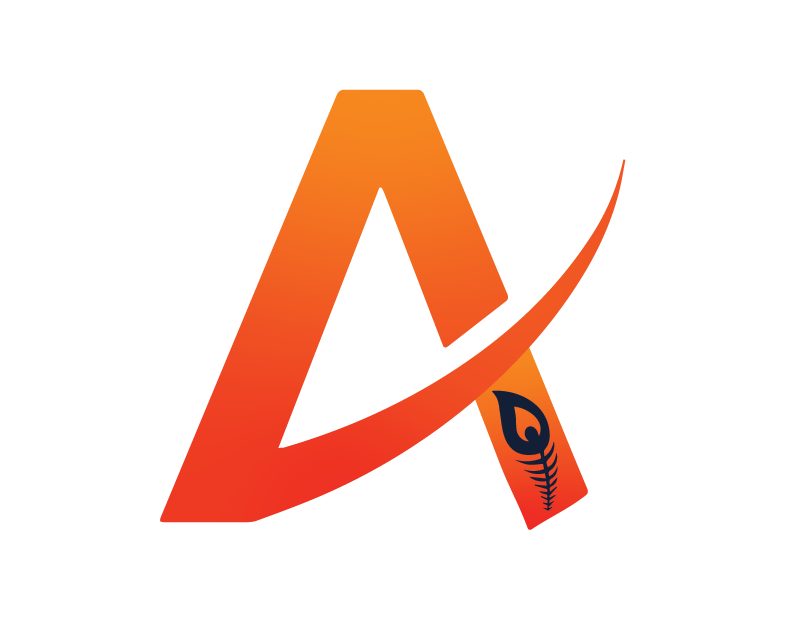Google recently released new documentation shedding light on how Content Delivery Networks (CDNs) impact website crawling and SEO. While CDNs are invaluable for enhancing site performance and scalability, they also introduce complexities that can affect search engine visibility. Understanding how CDNs interact with crawlers is essential for website owners to optimize their strategies effectively with the help of SEO professionals.
What is a CDN?
A Content Delivery Network (CDN) is a system that stores cached copies of web pages across multiple servers worldwide. These servers are strategically located to deliver content quickly to users based on their geographic proximity. By reducing the distance between the user and the server, CDNs improve website speed and ensure a seamless browsing experience.
When users or crawlers access a page for the first time, the request is handled by the origin server. Subsequent requests are then served from the CDN’s cache, significantly reducing load times and server strain. However, this caching mechanism also plays a pivotal role in how search engines interact with your site.
CDNs and Crawling: The Benefits
- Increased Crawl Efficiency: When Googlebot detects that a site is using a CDN, it often increases the crawl rate. This is because CDNs reduce server response times, allowing more pages to be crawled without overloading the origin server.
- Improved Performance Metrics: Faster page load times and reduced latency contribute to a better user experience, which search engines like Google factor into their ranking algorithms.
- Scalability for Large Websites: For sites with extensive content libraries, such as e-commerce platforms or blogs, CDNs ensure that pages load quickly and reliably for both users and crawlers, even during high-traffic periods.
Challenges of Using CDNs for Crawling
Despite their advantages, CDNs can sometimes create challenges for SEO, particularly if not configured properly:
- Cold Cache Challenges: When a URL is accessed for the first time, the CDN cache is empty, requiring the origin server to serve the content. For large-scale websites with numerous pages, this initial “warming up” phase can temporarily exhaust the crawl budget.
- Incorrect HTTP Status Codes: Misconfigured servers might return improper responses, such as a 500 (Internal Server Error) or 502 (Bad Gateway), leading Googlebot to reduce the crawl rate. On the other hand, serving error pages with a 200 OK status can cause indexing issues and duplicate content problems.
- Blocking Crawlers with Bot Interstitials: Some CDNs may display “Are you human?” verification prompts to crawlers, inadvertently blocking them. If these interstitials don’t return a 503 (Service Unavailable) status, crawlers may misinterpret them, resulting in content being dropped from search results.
Best Practices for Managing CDNs and SEO
To maximize the benefits of CDNs while avoiding potential pitfalls, consider these actionable strategies:
- Use Proper Status Codes: Ensure temporary issues are communicated to crawlers with a 503 HTTP status to prevent content removal from search indexes.
- Monitor Performance with Search Console: Utilize Google’s URL Inspection Tool to verify how your CDN is serving pages to crawlers. Regularly check for errors or inconsistencies.
- Audit Your Firewall Settings: CDNs often include Web Application Firewalls (WAFs) to protect against malicious traffic. Ensure that Googlebot’s IP ranges are not inadvertently blocked.
- Optimize Cache Policies: Efficiently manage your CDN’s cache to handle high crawl rates during site updates or launches, minimizing the burden on your origin server.
Key Takeaways
CDNs are powerful tools for enhancing website performance and scalability, but they require careful configuration to align with SEO best practices. Google’s latest insights emphasize the importance of monitoring and managing how CDNs interact with crawlers to avoid unintended consequences like reduced crawling efficiency or deindexing.
By following best practices, website owners can harness the full potential of CDNs to improve both user experience and search engine visibility. In a competitive digital landscape, optimizing every aspect of your website—including its interaction with CDNs—can make a significant difference in your overall SEO strategy.
Source: https://developers.google.com/search/blog/2024/12/crawling-december-cdns?hl=en


